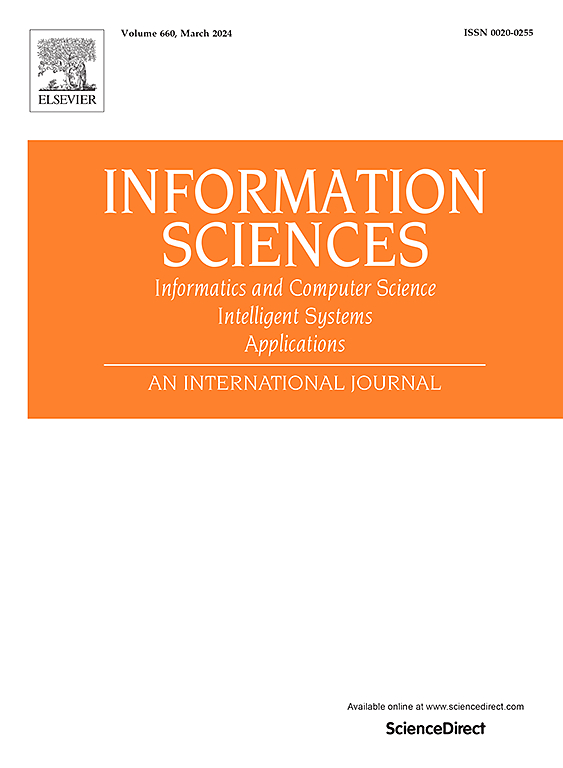跨境电子商务环境下供应链金融风险评估:一种考虑损失惩罚的改进TOPSIS方法
IF 8.1
1区 计算机科学
0 COMPUTER SCIENCE, INFORMATION SYSTEMS
引用次数: 0
摘要
跨境电子商务的快速发展对跨境供应链成员之间高效的资金协调提出了迫切的需求。在这里,cbec -供应链金融(CBEC-SCF)被认为是一个有效的解决方案。本文在对传统供应链金融进行分类的基础上,结合CBEC的特点,系统地提出了CBEC- scf的三种运作模式:基于CBEC的仓单融资、订单融资和保理。然后,从信用风险、市场风险、操作风险、法律风险等多个角度对cboe - scf风险进行分析。评价不同cbc - scf模式的整体风险水平是一个典型的多准则决策问题,其中以各种子风险为准则。考虑到决策者(如银行)通常是厌恶损失的,本研究提出了一种改进的TOPSIS (Order Preference Technique)方法,该方法使用损失惩罚对不同CBEC-SCF模式的整体风险水平进行排序。从理论上证明了改进方法改变备选方案排序的边界条件。为了更好地适应更广泛的应用场景,将改进后的TOPSIS进一步扩展到涉及多层次标准、以“专家”为标准、模糊决策的案例。最后,通过案例分析验证了所提方法的适用性和意义。结果表明,cbc - scf模式的排名可能会随着银行的损失厌恶程度而变化。本文章由计算机程序翻译,如有差异,请以英文原文为准。
Evaluating supply chain finance risks in a cross-border e-commerce context: An improved TOPSIS approach with loss penalty
The rapid development of cross-border e-commerce (CBEC) has created urgent demands for efficient capital coordination among cross-border supply chain members. Here, CBEC-supply chain finance (CBEC-SCF) is considered an effective solution. Based on the classification of traditional supply chain finance and CBEC characteristics, this study systematically proposes three categories of operational modes for CBEC-SCF: CBEC-based warehouse receipt financing, order financing, and factoring. Then, CBEC-SCF risks are analyzed from various perspectives, including credit, market, operational, and legal risks. Evaluating the overall risk levels of different CBEC-SCF modes is a typical multi-criteria decision-making (MCDM) problem, where various sub-risks serve as criteria. Given that decision makers (e.g., banks) are usually loss-averse, this study proposes an improved Technique for Order Preference by Similarity to Ideal Solution (TOPSIS) method with a loss penalty to rank the overall risk levels of different CBEC-SCF modes. The boundary conditions under which the improved method changes the ranking of alternatives are theoretically proven. To better fit a wider range of application scenarios, the improved TOPSIS is further extended to cases involving multi-level criteria, “experts” as the criteria, and fuzzy decision-making. Finally, case studies are conducted to verify the proposed method’s applicability and significance. The results show that the ranking of the CBEC-SCF modes may change depending on the bank’s degree of loss aversion.
求助全文
通过发布文献求助,成功后即可免费获取论文全文。
去求助
来源期刊

Information Sciences
工程技术-计算机:信息系统
CiteScore
14.00
自引率
17.30%
发文量
1322
审稿时长
10.4 months
期刊介绍:
Informatics and Computer Science Intelligent Systems Applications is an esteemed international journal that focuses on publishing original and creative research findings in the field of information sciences. We also feature a limited number of timely tutorial and surveying contributions.
Our journal aims to cater to a diverse audience, including researchers, developers, managers, strategic planners, graduate students, and anyone interested in staying up-to-date with cutting-edge research in information science, knowledge engineering, and intelligent systems. While readers are expected to share a common interest in information science, they come from varying backgrounds such as engineering, mathematics, statistics, physics, computer science, cell biology, molecular biology, management science, cognitive science, neurobiology, behavioral sciences, and biochemistry.
 求助内容:
求助内容: 应助结果提醒方式:
应助结果提醒方式:


